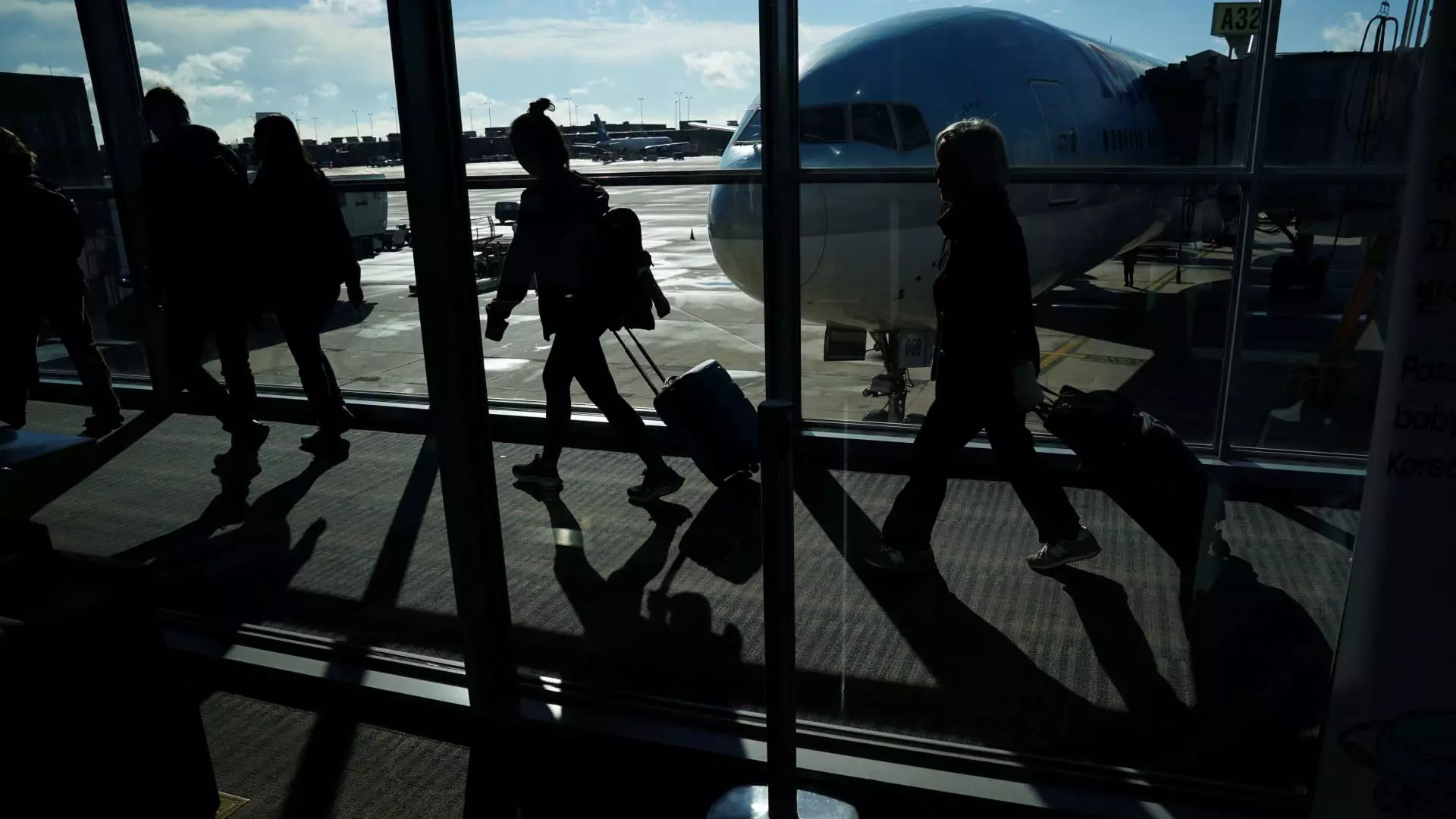In the competitive world of air travel, every minute counts. A few precious moments could be the difference between a smooth journey and a missed connection for passengers, while delays can have a ripple effect on airline schedules. Therefore, it is no surprise that major airlines are implementing strategies to save time, cut costs, and improve overall efficiency. While these time savings may seem negligible on paper, they can lead to significant benefits for both passengers and carriers. In this article, we will explore the innovative tools and technologies that airlines are adopting to stay ahead in the race against time.
One area where airlines are making significant improvements is in gate assignments. American Airlines, for example, has introduced new technology at Dallas/Fort Worth International Airport, the world’s second-busiest airport and American’s largest hub. This advanced system has replaced the previous manual process, which took hours, with a streamlined and automated procedure. The result? American Airlines has managed to reduce taxi time by 20%, cut gate changes and conflicts in half, and save an average of two minutes per flight. These seemingly minor time savings add up to approximately 11 hours saved every day.
The success of American Airlines’ Smart Gating program has prompted the company to expand its use to other airports, including Charlotte Douglas International Airport, Miami International Airport, Ronald Reagan Washington National Airport, and most recently, Chicago’s O’Hare International Airport. Furthermore, the airline is currently evaluating the possibility of implementing this technology at Phoenix Airport as well. By avoiding gate congestion and late-minute gate changes, airlines can ensure a smoother boarding and departure process, avoiding unnecessary delays.
Shorter taxi times and other operational improvements not only benefit passengers and airlines in terms of time-saving but also have a positive impact on fuel consumption, one of the airline industry’s biggest expenses. American Airlines estimates that its new gating program saves them 1.4 million gallons of fuel annually, amounting to approximately $4 million in fuel costs. In addition to fuel savings, these advancements have also resulted in better on-time performance. In the first eight months of the year, 76.4% of American Airlines’ flights arrived within 15 minutes of their scheduled arrival times, placing the company third among major U.S. carriers for on-time arrivals.
Airlines are not only focusing on gate assignments but also on improving the boarding process. United Airlines recently introduced a new boarding procedure for economy class, prioritizing window-seat passengers first, followed by middle-seat and aisle-seat passengers. This simple adjustment could potentially save up to two minutes per flight. Likewise, Southwest Airlines has experimented with various strategies to expedite boarding, including improved signage and playing music on the jet bridge to keep travelers moving efficiently.
Some airlines are even exploring unconventional boarding methods to save time. Delta Air Lines flight attendants and gate agents have been utilizing digital messages during boarding to send alerts for issues such as full overhead bins. Discount carrier Frontier Airlines is taking a different approach by using outside pathways and stairs directly onto and off the plane, capitalizing on the second door present on their Airbus jets. By avoiding traditional jet bridges, Frontier Airlines hopes to speed up boarding and deplaning, potentially saving up to 10 minutes off their turnaround time.
While these time-saving measures are undoubtedly beneficial, airlines must be strategic in how they utilize the extra time gained. Robert Mann, President of aviation consulting firm RW Mann & Co., emphasizes that the key lies in how airlines incorporate these efficiencies into their schedules. By accurately planning shorter flight times, airlines can make better use of their aircraft and potentially add more flights. This not only translates to increased revenue but also improves the overall operational efficiency of airlines.
In the fast-paced world of air travel, minutes truly do matter. With the implementation of innovative technologies and strategies, airlines are harnessing the power of time to drive efficiency and cost savings. From revolutionizing gate assignments to improving boarding procedures, airlines are leaving no stone unturned in their quest to shave off valuable minutes. These time-saving initiatives not only benefit passengers by reducing delays but also provide significant cost savings for airlines. As the industry continues to evolve, the winners will be those who can master the art of saving time without sacrificing quality or safety.


Leave a Reply